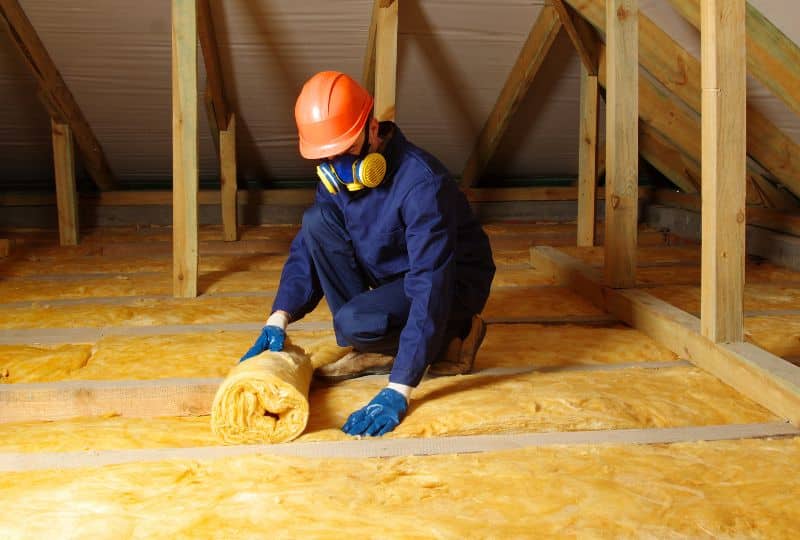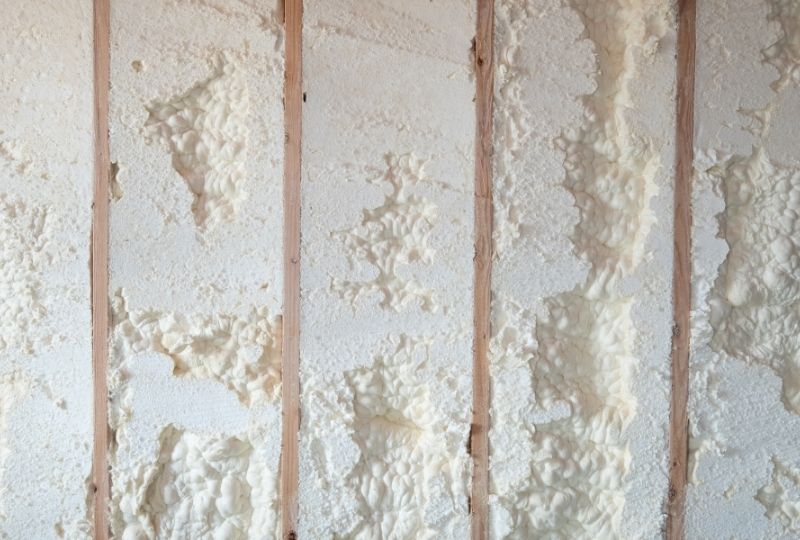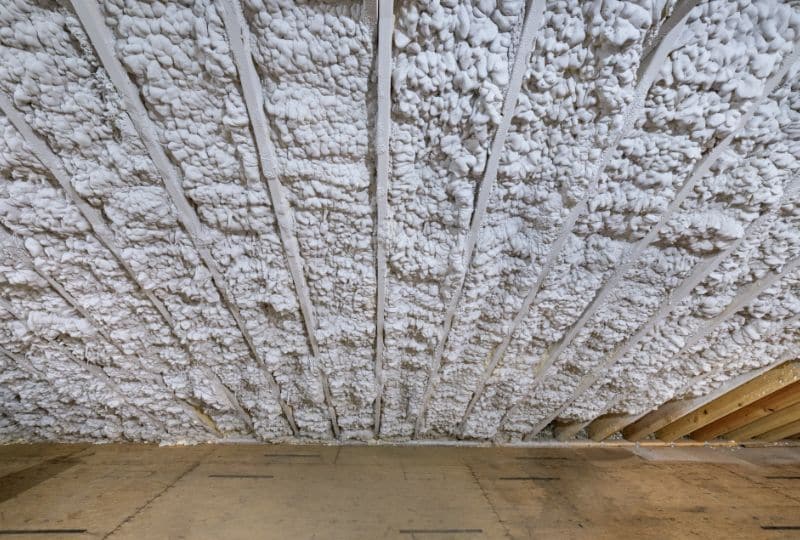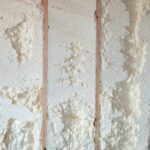If you are a home improvement enthusiast or a DIY lover, you will understand the importance of good insulation in your home. Insulation has been around for centuries, working to keep your house warm during the winter and cool during the summer, and it can also significantly reduce your energy bills.

But how can you tell if your home has bad insulation? Read on to learn five straightforward signs to look out for.
1. Unusual Temperature Fluctuations
One of the most glaring signs of bad insulation is noticing wide temperature swings in your home. For instance, you may feel it is too hot during the day and too cold at night, or there could be significant temperature differences between rooms. This issue could mean that your insulation is not doing its job properly.
Consider this scenario: You have set your thermostat to 72 degrees, but you still find yourself needing a sweater in one room and turning on the fan in another. This uneven distribution of heat is a telltale indicator of poor insulation.
2. High Energy Bills
If your energy bills are skyrocketing without any apparent reason, it could suggest that your home has inefficient insulation. When insulation is inadequate, your heating or cooling system has to work overtime to maintain a comfortable temperature, leading to higher energy consumption.
Suppose you notice a sudden spike in your energy bills, especially during the peak of summer or winter. In that case, it might be time to check your insulation and consider an upgrade.
3. Formation of Ice Dams on Your Roof
Ice dams, which are ice ridges that form at your roof’s edge during winter, signify a clear need for attention to your attic insulation. These dams develop when heat from within your home permeates into the attic, warms the roof, instigates snow melting, and then prompts re-freezing at the edges.
Observing the formation of ice dams on your roof indicates an issue with your attic insulation. Keep in mind that effective insulation should maintain the heat within your home and prevent its escape through the roof.
4. Cold Walls, Floors, and Ceilings

Touch your walls, floors, and ceilings. Do they feel unusually cold or damp? This sensation could be another sign of poor insulation. Good insulation should keep these surfaces relatively warm to the touch during the winter months.
For example, if you find that your hardwood floor feels chilly underfoot even when your heating is on, it could indicate that your floor insulation is lacking.
5. Drafty Rooms
Finally, if you feel drafts in your home—particularly around windows and doors—it might be due to poor insulation. These drafts can make your house uncomfortable and increase your heating or cooling costs.
Imagine you are sitting in your favorite armchair, engrossed in a book, and suddenly you feel a cold draft blowing across your neck. If you often experience such situations, it is time to check your insulation.
Recognizing these signs can help you address insulation problems before they lead to more significant issues, such as structural damage or exorbitant energy bills. So, keep these points in mind, carry out regular checks, and ensure your home remains a comfortable and energy-efficient space.




Leave a Reply